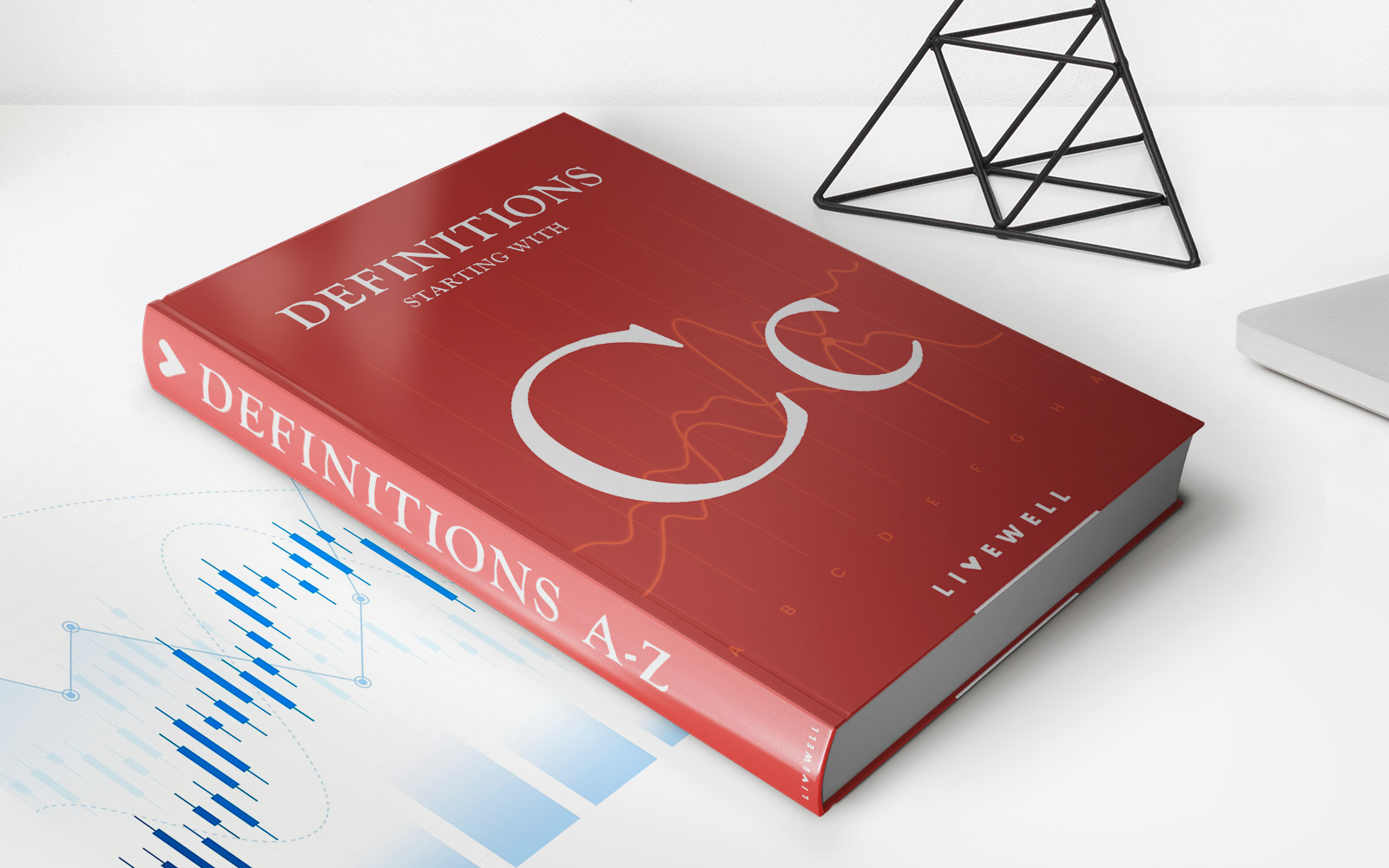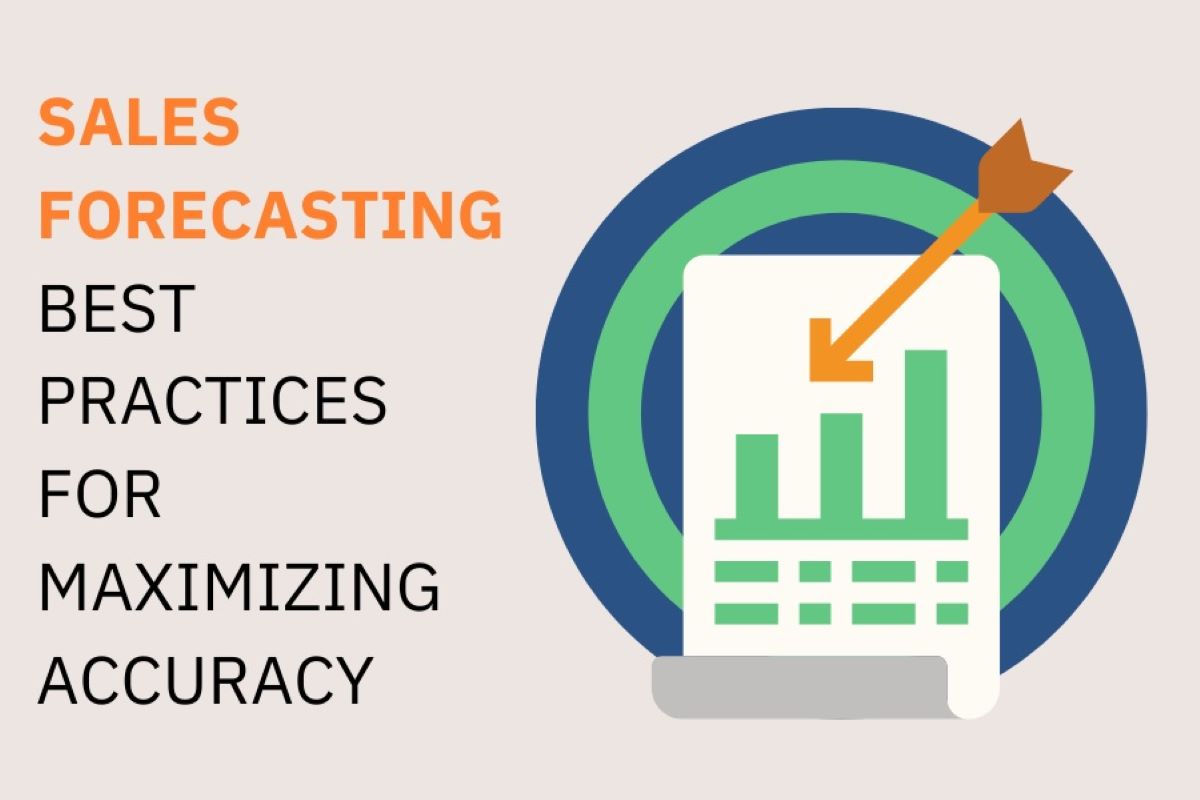

Finance
How Do Private Pensions Work?
Published: January 22, 2024
Learn how private pensions work and secure your financial future with expert guidance on finance. Discover the benefits and options available to you.
(Many of the links in this article redirect to a specific reviewed product. Your purchase of these products through affiliate links helps to generate commission for LiveWell, at no extra cost. Learn more)
Table of Contents
- Understanding the Foundation of Private Pensions
- Exploring the Purpose and Structure of Private Pensions
- Exploring the Diverse Landscape of Employer-Sponsored Retirement Plans
- Unraveling the Mechanisms of Employer-Sponsored Retirement Plans
- Unlocking Financial Security and Retirement Flexibility
- Navigating the Dynamics of Private Pensions
- Empowering Financial Well-Being through Private Pensions
Introduction
Understanding the Foundation of Private Pensions
Private pensions play a pivotal role in securing financial stability during retirement. As individuals navigate through their professional lives, the assurance of a comfortable retirement becomes a significant consideration. Private pensions, also known as employer-sponsored or occupational pensions, serve as a valuable tool for individuals to build a nest egg for their post-retirement years. These pensions are structured to provide regular income to retirees, ensuring that they can maintain their standard of living and meet their financial needs.
Private pensions are a key component of the broader pension landscape, which also includes state pensions and personal pensions. While state pensions are funded by the government and are available to individuals based on specific eligibility criteria, private pensions are established and funded by employers or individuals themselves. This distinction underscores the importance of private pensions as a voluntary and proactive means of planning for retirement.
The intricacies of private pensions encompass various investment strategies, tax implications, and retirement planning considerations. Understanding the fundamentals of private pensions is essential for individuals to make informed decisions about their financial future. This article delves into the workings of private pensions, the different types available, their benefits, as well as the associated risks and considerations. By gaining insight into these aspects, individuals can navigate the terrain of private pensions with confidence, ultimately paving the way for a secure and fulfilling retirement.
What are Private Pensions?
Exploring the Purpose and Structure of Private Pensions
Private pensions, also referred to as occupational or employer-sponsored pensions, are retirement plans established by employers to provide financial security for employees during their retirement years. These pensions are designed to complement state pensions and personal savings, forming a comprehensive retirement strategy for individuals.
Employer-sponsored pension schemes are structured to accumulate funds over an individual’s working years, which are then utilized to provide a steady stream of income after retirement. Contributions to private pensions are typically made through regular deductions from an employee’s salary, often with the employer also contributing to the fund. The accumulated funds are then invested in various financial instruments, such as stocks, bonds, and other assets, with the goal of generating returns that will fund the individual’s retirement income.
Private pensions offer employees the advantage of long-term financial planning, ensuring that they can maintain their standard of living and meet their financial needs during retirement. These pensions are governed by specific regulations and guidelines to safeguard the interests of the employees and ensure the security of their retirement funds.
One of the key distinctions of private pensions is the element of employer contribution, which serves as an additional benefit for employees. This contribution, often based on a percentage of the employee’s salary, supplements the retirement savings and amplifies the overall value of the pension fund. The structure of private pensions varies across different organizations, with some offering defined benefit plans that guarantee a specific income in retirement, while others provide defined contribution plans where the ultimate pension amount depends on the investment performance of the fund.
Understanding the role and structure of private pensions is fundamental for individuals to make informed decisions about their retirement planning. By comprehending the purpose and mechanics of these pension schemes, employees can actively engage in optimizing their financial security for the post-retirement phase of their lives.
Types of Private Pensions
Exploring the Diverse Landscape of Employer-Sponsored Retirement Plans
Private pensions encompass a range of plan types, each with distinct features and implications for retirement income. Understanding the different types of private pensions is essential for individuals to align their retirement planning with their financial goals and risk tolerance. The following are the primary types of private pensions:
- Defined Benefit Plans: These traditional pension plans guarantee a specific amount of income during retirement, based on factors such as salary history and years of service. The employer bears the investment risk and is responsible for funding the promised benefits.
- Defined Contribution Plans: In these plans, employees contribute a portion of their salary to the pension fund, often with matching contributions from the employer. The ultimate retirement benefit depends on the performance of the investment portfolio, and the individual assumes the investment risk.
- Money Purchase Plans: This type of pension operates as a defined contribution plan, where both the employee and the employer make regular contributions to the pension fund. The contributions are invested, and the eventual retirement benefit depends on the accumulated fund value at the time of retirement.
- Profit-Sharing Plans: These plans allow employers to make discretionary contributions to the pension fund based on the company’s profits. The contributions are typically allocated among employees based on a predetermined formula, providing an additional source of retirement savings.
- Employee Stock Ownership Plans (ESOPs): ESOPs are unique pension arrangements where employees become partial owners of the company through the allocation of company stock within the pension plan. This type of plan aligns the interests of employees with the company’s performance and profitability.
Each type of private pension presents distinct advantages and considerations, influencing factors such as retirement income certainty, investment risk, and the degree of employer involvement. By evaluating the features of these pension plans in relation to their individual financial circumstances, employees can make informed decisions regarding their retirement savings strategy.
How Private Pensions Work
Unraveling the Mechanisms of Employer-Sponsored Retirement Plans
Private pensions operate through a structured process that involves contributions, investments, and the eventual distribution of retirement benefits. Understanding the inner workings of private pensions is crucial for individuals seeking to secure their financial future. The following steps elucidate how private pensions function:
- Enrollment and Contributions: Employees are typically enrolled in the employer’s pension plan upon meeting specific eligibility criteria. Once enrolled, employees contribute a portion of their salary to the pension fund through regular deductions, often with the employer matching a percentage of the contribution. These contributions form the foundation of the retirement savings pool.
- Investment Management: The accumulated pension funds are invested in a diversified portfolio of financial instruments, including stocks, bonds, mutual funds, and other assets. The investment strategy is aimed at generating returns that will sustain the pension fund and support future retirement benefits. Investment decisions are guided by the pension fund’s objectives, risk tolerance, and regulatory guidelines.
- Accumulation and Growth: Over the course of an employee’s career, the pension fund accumulates and grows through ongoing contributions and investment returns. The compounding effect of investment growth plays a pivotal role in augmenting the fund’s value, ultimately shaping the retirement benefits that will be available to the employee.
- Retirement Benefit Distribution: Upon reaching the retirement age or meeting specific criteria, employees become eligible to receive retirement benefits from the pension fund. The benefits may be disbursed in various forms, including annuities, lump-sum payments, or a combination of both, providing a regular income stream to support the retiree’s financial needs.
- Regulatory Compliance and Governance: Private pensions are subject to regulatory oversight to ensure compliance with legal requirements and the protection of employees’ retirement savings. Employers and pension fund managers are responsible for adhering to fiduciary standards and reporting obligations, safeguarding the integrity and security of the pension arrangements.
The operational dynamics of private pensions underscore the collaborative effort between employees, employers, and financial institutions in cultivating a sustainable retirement framework. By actively participating in their employer-sponsored pension plans and gaining insight into the mechanics of these arrangements, individuals can fortify their financial preparedness for the post-retirement phase of their lives.
Benefits of Private Pensions
Unlocking Financial Security and Retirement Flexibility
Private pensions offer a multitude of advantages that contribute to the financial well-being and retirement preparedness of individuals. Understanding these benefits is essential for employees to harness the potential of private pensions as a cornerstone of their retirement strategy. The following are key advantages of private pensions:
- Employer Contributions: Many private pension plans feature employer contributions, effectively augmenting the employee’s retirement savings. This additional funding enhances the overall value of the pension fund, bolstering the potential retirement benefits available to the employee.
- Tax Advantages: Contributions to private pensions often qualify for tax benefits, allowing employees to reduce their taxable income and potentially lower their annual tax liability. Furthermore, the investment growth within the pension fund is typically tax-deferred, enabling the funds to compound more rapidly over time.
- Retirement Income Security: Private pensions provide a reliable source of retirement income, ensuring that individuals can sustain their standard of living and cover essential expenses during their post-employment years. The structured nature of pension benefits offers a degree of financial security that complements other retirement savings vehicles.
- Long-Term Financial Planning: Employer-sponsored pensions facilitate long-term financial planning by encouraging consistent contributions and investment growth over an individual’s career. This disciplined approach to retirement savings fosters a sense of financial discipline and preparedness for the future.
- Supplement to State Pensions: Private pensions serve as a valuable supplement to state-provided retirement benefits, allowing individuals to enhance their overall retirement income and potentially enjoy a more comfortable lifestyle during their golden years.
By leveraging these benefits, private pensions empower individuals to cultivate a robust retirement portfolio that aligns with their financial objectives and aspirations. The combination of employer contributions, tax advantages, and retirement income security positions private pensions as a pivotal component of a comprehensive retirement strategy, offering employees the opportunity to embark on their post-employment journey with confidence and financial resilience.
Risks and Considerations
Navigating the Dynamics of Private Pensions
While private pensions offer compelling benefits, it is essential for individuals to be cognizant of the associated risks and considerations to make informed decisions about their retirement planning. The following factors warrant attention when evaluating private pensions:
- Investment Risk: The performance of the pension fund’s investments can fluctuate based on market conditions, potentially impacting the growth and sustainability of the retirement savings. Individuals should assess their risk tolerance and investment horizon to align with the pension fund’s investment strategy.
- Regulatory Changes: Changes in pension regulations and tax laws can influence the structure and benefits of private pensions. Staying informed about regulatory developments is crucial to adapt retirement plans accordingly and maximize the available advantages.
- Longevity Risk: With increasing life expectancies, individuals face the risk of outliving their retirement savings. Private pensions necessitate careful consideration of the projected retirement duration and the adequacy of the pension benefits to support an extended retirement period.
- Portability and Flexibility: Individuals changing employers or career paths should assess the portability and flexibility of their private pensions. Understanding the options for transferring or consolidating pension benefits can optimize the continuity of retirement savings.
- Cost and Fees: Private pensions may entail administrative fees, investment management fees, and other costs that can impact the overall growth of the pension fund. Evaluating the fee structure and seeking transparency regarding associated expenses is imperative for optimizing retirement savings.
By acknowledging these risks and considerations, individuals can proactively mitigate potential challenges and leverage the benefits of private pensions with prudence and foresight. Engaging in comprehensive retirement planning, seeking professional guidance, and staying attuned to the evolving landscape of pension regulations are vital steps in navigating the dynamics of private pensions and fortifying one’s financial preparedness for retirement.
Conclusion
Empowering Financial Well-Being through Private Pensions
Private pensions stand as a cornerstone of financial security and retirement preparedness, offering individuals a structured avenue to cultivate sustainable retirement income. As employees embark on their professional journeys, the integration of private pensions into their long-term financial strategy holds profound implications for their post-employment years. The multifaceted landscape of private pensions encompasses a spectrum of benefits, risks, and considerations, underscoring the significance of informed decision-making and proactive engagement in retirement planning.
By harnessing the benefits of employer-sponsored pensions, individuals can augment their retirement savings through employer contributions, tax advantages, and the assurance of a reliable income stream during retirement. The collaborative synergy between employees, employers, and financial institutions in nurturing private pensions fosters a culture of financial discipline and preparedness, laying the groundwork for a fulfilling retirement experience.
However, the complexities of private pensions necessitate a comprehensive understanding of the associated risks and considerations, encompassing investment dynamics, regulatory nuances, and the evolving landscape of retirement planning. By embracing a proactive approach to mitigating risks and optimizing the advantages of private pensions, individuals can navigate the intricacies of retirement planning with confidence and resilience.
As the retirement landscape continues to evolve, the role of private pensions in shaping financial well-being and retirement flexibility remains paramount. Through strategic foresight, prudent decision-making, and a commitment to ongoing financial literacy, individuals can harness the potential of private pensions as a catalyst for a secure and fulfilling retirement journey.
In essence, private pensions epitomize the convergence of financial prudence and aspirational retirement goals, empowering individuals to embark on their post-employment phase with confidence, resilience, and the promise of financial well-being.














